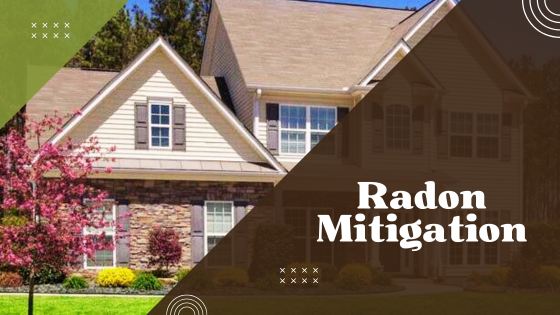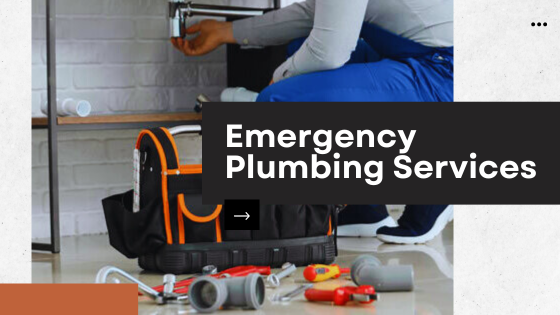The Importance of Radon Inspection and Mitigation in Cincinnati
Radon is an invisible, odorless, radioactive gas that naturally occurs in the soil due to the breakdown of uranium. While it may sound harmless because it’s naturally present in the environment, radon poses a significant health risk, especially when it accumulates inside buildings. The U.S. Environmental Protection Agency (EPA) has classified radon as a leading cause of lung cancer, responsible for thousands of deaths annually. Despite this alarming statistic, radon often goes unnoticed until it becomes a problem. In Cincinnati, where geological conditions can elevate radon levels, radon inspection and mitigation are not just options, they are necessities.
Why Cincinnati Residents Should Prioritize Radon Inspection
Cincinnati and its surrounding areas are located in a region with soil conditions that can contribute to high radon levels. Homeowners might assume that their house is safe if it was built recently or lacks a basement, but radon can infiltrate any property through cracks in the foundation, walls, or water supply systems. As radon levels vary significantly even between neighboring properties, the only way to confirm its presence is through professional inspection.
Radon inspections involve using precise equipment to measure radon concentrations inside a home. EPA guidelines recommend action when radon levels exceed 4 picocuries per liter (pCi/L). However, even levels below this threshold can pose health risks over time. Conducting an inspection not only protects your family’s health but can also increase your property value by demonstrating that your home is radon-safe, giving potential buyers peace of mind.

Mitigation: The Key to Reducing Radon Risks
If radon levels are found to be elevated, radon mitigation becomes crucial. Radon mitigation systems effectively reduce radon levels, ensuring that indoor air remains safe. Mitigation typically involves installing a system of pipes and fans that vent radon gas out of the home, preventing its accumulation indoors. In Cincinnati, where radon risks can be heightened due to geological factors, professional mitigation services are essential to tailor solutions that address the specific needs of your home.
Radon Mitigation Cincinnati – A trusted radon mitigation company in Cincinnati can guide homeowners through every step of the process. They ensure proper installation and maintenance of mitigation systems, safeguarding the health and safety of families. Their expertise can make all the difference, as improperly installed systems may fail to achieve desired results. Click here to learn more about the company and their services.
Long-Term Benefits
The advantages of radon inspection and mitigation extend beyond immediate safety. For homeowners, a radon-safe environment enhances the appeal and value of their property. For families, it means peace of mind knowing their health is protected. Moreover, awareness and proactive measures against radon contribute to a healthier community overall. Cincinnati residents have the opportunity to lead the way in promoting radon safety and education, helping to reduce the risks associated with this silent threat.
In Conclusion
Radon inspection and mitigation should not be overlooked in Cincinnati. With health and home safety at stake, contacting a reliable radon mitigation Cincinnati company is a wise step toward ensuring the well-being of your family and home. Proactive action today can prevent unnecessary health risks tomorrow, making your space truly safe.
